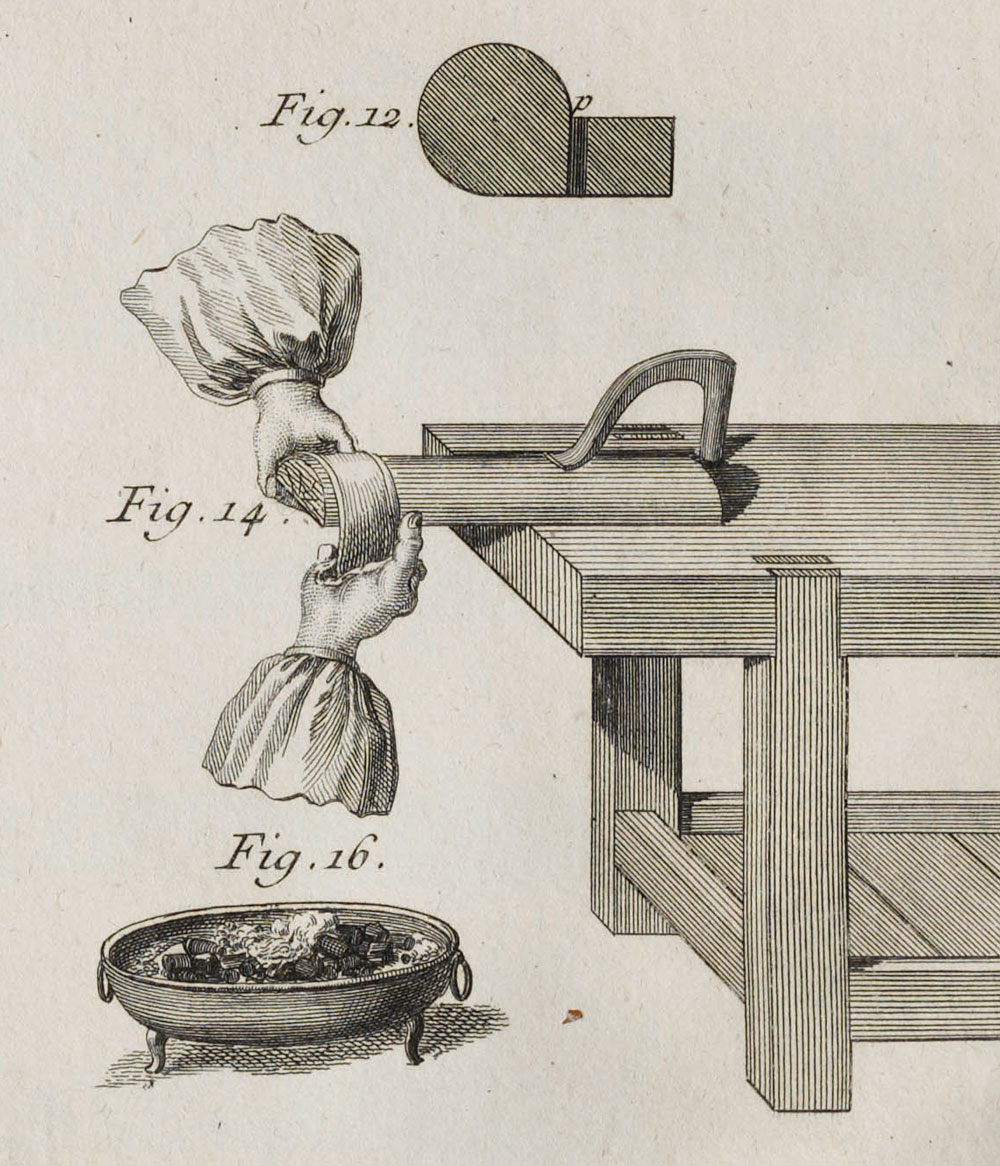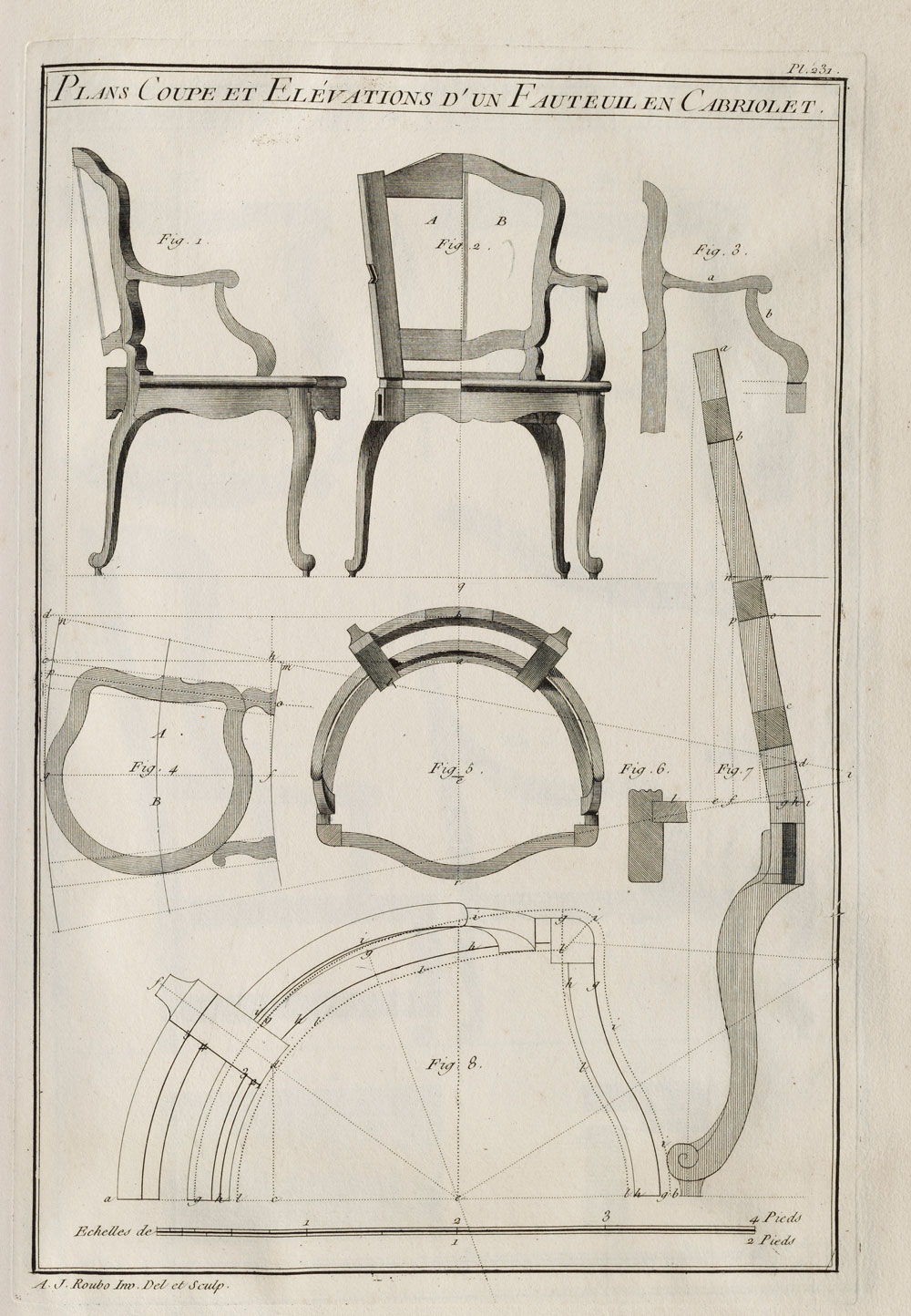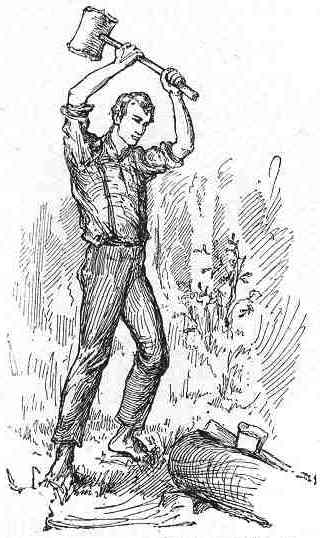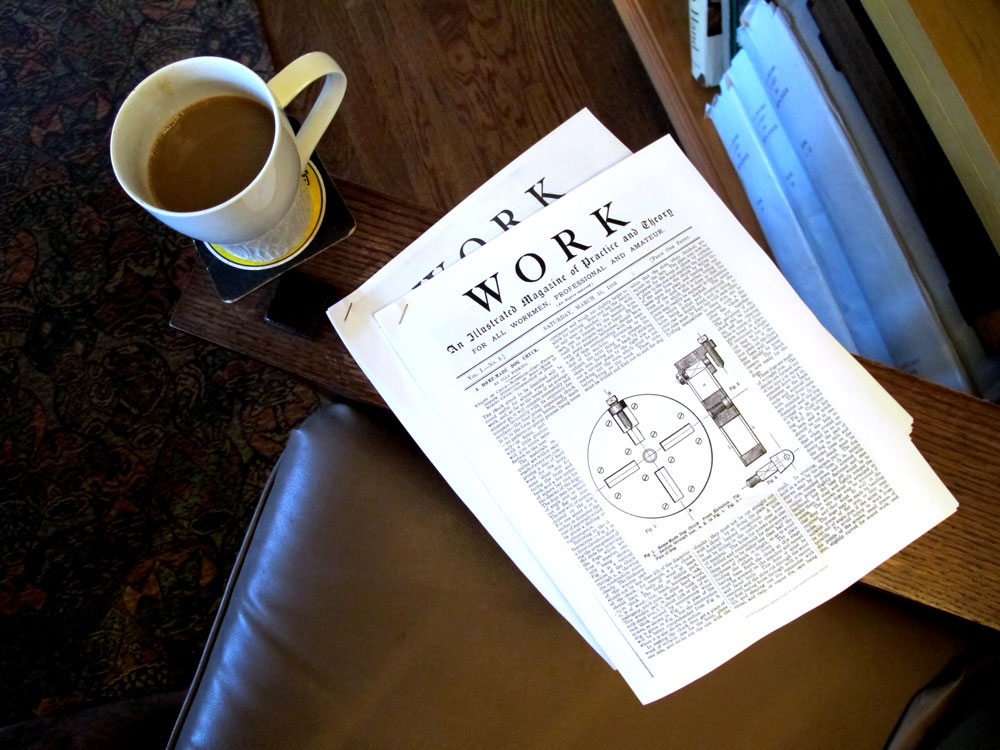
The upcoming publication of two books of the translated works of A.J. Roubo (1739-1791) has been the most time-consuming, complex and expensive publishing project I have ever been involved in. It has confused some of our customers – what will be in each book? What won’t? Should I buy the deluxe version? Are these books even worth reading?
I hope that this blog entry will answer those questions.
First, a bit about the original books. A.J. Roubo was an 18th-century “menuisier” – a highly trained third-generation craftsman who served a formal apprenticeship. Between 1769 and 1774 he published five volumes that cover the following woodworking topics:
1. Tools and Architectural Woodwork
2. Carriage Making
3. Furniture Making
4. Marquetry and Finishing
5. Garden Woodwork
These five volumes were assembled into three books that measure 12” x 18-1/8” each. The first book contains volumes one and two. The second book contains volume three. The third book has volumes four and five.
Through determination and dumb luck, I own a full set of these original 18th-century books in mint condition. That’s not a boast – we had to possess the originals to ensure the reproduction quality was perfect for our books. I had all the plates in the books scanned by a company that does museum-quality work for our books.
The 18th-century editions are not the only ones out there. In 1977, Leonce Laget published a reproduction of the original five volumes (again bound into three books). These books are slightly smaller than the originals – 11-1/2” x 17. The print quality is good, but I think we can do better.
This 1977 edition was limited to 500 copies. Yes, we own a complete set here at Lost Art Press, which we use for day-to-day reference. There also is a 1982 version of the books published by Laget that I have not seen.
There also is a third version of the books published by La Bibliothèque de l’image in 2002. These are softcover and are in an even smaller format. I once had a set of these but gave them to a French-speaking friend to enjoy.
About the Translation Process
Enter Don Williams and his team of translators, who have been taking the 18th-century French and putting it into 21st-century English.
Several people have said the following to me during the last four years: “What is taking so dang long? Just type the text into Google Translate and be done with it.”
Try that for yourself. I promise that within a couple sentences you will be lost.
The French of the 18th century is not the French from my high school. Add the fact that you are dealing with an idiomatic trade language, and you will overwhelm any online translation program within a few words.
Roubo’s work is something that has to be translated word-by-word, trench-warfare style. It has to be matched up with the plates, with the idioms of the time, with the trade language and – here’s the hard part – it has to make sense in the end.
Before I got involved with this project I translated several parts of Roubo’s writings on my own with the help of my French skills, my wife’s formidable in-country French skills and all the reference material you could want.
It took us about two hours to translate a single paragraph.
Translating this stuff has been a long process. Every word, every comma and every footnote has to be analyzed and carefully massaged into English. Otherwise it’s just gibberish that isn’t worth reading.
The translation started with Michele Pietryka-Pagán, who made a fairly literal translation of the text, and passed it to Don Williams. Don – using the plates plus his knowledge of woodworking, marquetry and finishing – adjusted the wording to ensure it was technically correct. Then it went to Philippe LaFargue, a native French speaker and craftsman who has read the original text. He checked the translation against the original work to ensure the translation was (again) technically correct and captured the essence – and flow – of Roubo’s original words.
Meanwhile, Don has been preparing a set of 10 additional essays that will amplify certain parts of the text. There is an essay on sawing veneer where Don builds a sawing frame – called a “standing saw” – plus the bench for it and makes veneer à la Roubo. There are several marquetry essays where Don executes exercises shown in Roubo, using the tools and jigs shown in the plates.
These 10 short essays will appear in our book, along with photographs of the processes that Don explains. And that brings us to what we will be publishing in 2013 and 2014.
About the Two Lost Art Press Books
Lost Art Press is publishing two books. The first is “To Make as Perfectly as Possible: Roubo on Marquetry.” It will be released in the first quarter of 2013. The second book is “To Make as Perfectly as Possible: Roubo on Furniture.” It should be out in 2014.
You can read the table of contents for each book in this blog entry. As you can see from the contents, each book covers a broad spectrum of woodworking processes. The marquetry book, for example, includes Roubo’s writing on wood as a raw material, how to dye or color it, general finishing operations, many tool descriptions and the section on Roubo’s German workbench, which has not been published in English as far as I know.
Personally, I would purchase both books, even though I do not have a burning interest in marquetry. I have been riveted to this first volume for months and have soaked in so much new information it’s like being a beginning woodworker again. Don, who has been in the trade for 40 years, had the same experience. Don has called the author “Roubo the transformer.” I couldn’t agree more.
On top of all that, W. Patrick Edwards of the American School of French Marquetry has agreed to write the introduction to “To Make as Perfectly as Possible: Roubo on Marquetry.”
Two Versions of the Two Books
 Now here is where things get a little complicated. We are going to publish two versions of each of the above two books. For each book – marquetry and furniture – there will be a fancy limited-edition version and a standard hardbound version.
Now here is where things get a little complicated. We are going to publish two versions of each of the above two books. For each book – marquetry and furniture – there will be a fancy limited-edition version and a standard hardbound version.
All of these books will be designed by Wesley Tanner, a woodworker and life-long book designer. You can see some his work at Passim Editions.
The fancy limited-edition version of the book will have the following qualities:
1. It will be printed in 12” x 17” format, very similar to the 18th-century size.
2. It will be in full color. That means the plates will be the same color as they are in the original – the ink isn’t exactly black. And all of the photos for Don’s essays will be in color.
3. The plates will be published in their full and original size.
4. The paper and binding will be of the highest quality.
5. Customers who order before the end of January 2013 will have their name listed in the book as a “subscriber.”
6. The book will be printed and bound entirely in the United States, like all Lost Art Press books.
7. There will be a limited number of these books – probably 500. Once these copies are sold, there will be no more.
8. The cost for this book will be about $400 (I hope it will be a little less). We are now taking $100 deposits for this book here. Everyone who makes a deposit before Jan. 31, 2013, will receive one of these books.
9. We are taking international orders for this special edition. Contact John Hoffman at john@lostartpress.com for details on placing a deposit via PayPal.
10. When we publish the Roubo book on furniture, we will make the same pre-publication offer as we did for marquetry. So everyone who wants a special version of that book will be guaranteed one if they make a deposit.
11. We hope to have this book available in March 2013. If you make a deposit on the book we will contact you personally to complete the transaction when the book is ready to ship.
The standard hardbound version of this book will have the following qualities:
1. It will be printed in a smaller format, something closer to 8-1/2” x 11”.
2. It will be in black and white.
3. The plates will be published in reduced size to fit the smaller format.
4. The paper and binding will be similar to other Lost Art Press books – acid-free paper and Smythe-sewn binding.
5. We will have a pre-publication offer for this book when we get closer to the release date.
6. The book will be printed and bound entirely in the United States, like all Lost Art Press books.
7. This books will stay in print as long as we are in business.
8. The cost for this book will be about $60.
9. This book will be sold internationally through our retailers overseas. See our international retailers here.
10. We hope to have this book available in March 2013.
Frequently asked questions about the Roubo translation books:
Will there be Kindle and ePub versions of these books?
Yes, but I don’t know when they will be released. We want to ensure that the plates are extremely high in resolution so you can zoom as close as possible. As a result, we will have to electronically rebuild the books for Kindle and ePub. But I am confident this will happen.
Will you publish a CD or book of just the plates?
This is a common question, and the answer is: I don’t know. I’ve been staring at the plates alone for years. And while there is good information presented in them, things really come alive when you add the text. So my gut is to focus our efforts on ePub and Kindle versions of the book. That will make the plates portable, explorable and still understandable. I’m not saying we won’t offer the plates by themselves at some point, but it is not a high priority.
Will you publish translated books on architecture, carriage-making or garden woodwork?
If we do this it won’t be in the near future. These two books have consumed so much energy from so many people during the last four years that some of us need a break to pursue other projects that we have set aside in the name of Roubo. We are open to the idea of doing the other volumes, but we have a long list of things that have to be done prior.
Can my woodworking club/hospital/orphanage receive a free copy?
Sad to say, no. We don’t take free tools, books or wood. We don’t carpet-bomb the media with free Lost Art Press books in the hope of a kind word. And we don’t discount our products or give them out for free.
Will you sell boxed sets of both books?
I don’t know. Maybe.
Can I buy the book and electronic edition at a discount?
We don’t bundle our products much. In general, our philosophy is to offer our products at the best price possible. We don’t jack up the price of our products so we can give you a discount on a bundle of several products. We prefer to have a price, stick to it and charge everyone the same price. We don’t want to spend our time (or yours) playing games with the numbers. We’d rather be woodworking or making books.
$400? What the heck?
OK, $300 is a lot of money. So I guess that $400 is a bit more.
No one is going to get a big paycheck for this book. Don and his team should have spent their time in law school instead of translating Roubo (if they wanted to get rich, that is). All woodworking books and magazines are works of love. They are the most difficult thing to publish (except for peer-reviewed medical literature). You do this because you love it. I can look anyone in the eye and ask $400 for this book.
And if you don’t like the price, wait a few years. I’m sure it will go down and you can score it on AbeBooks for $20. </sarcasm>
— Christopher Schwarz
Like this:
Like Loading...






